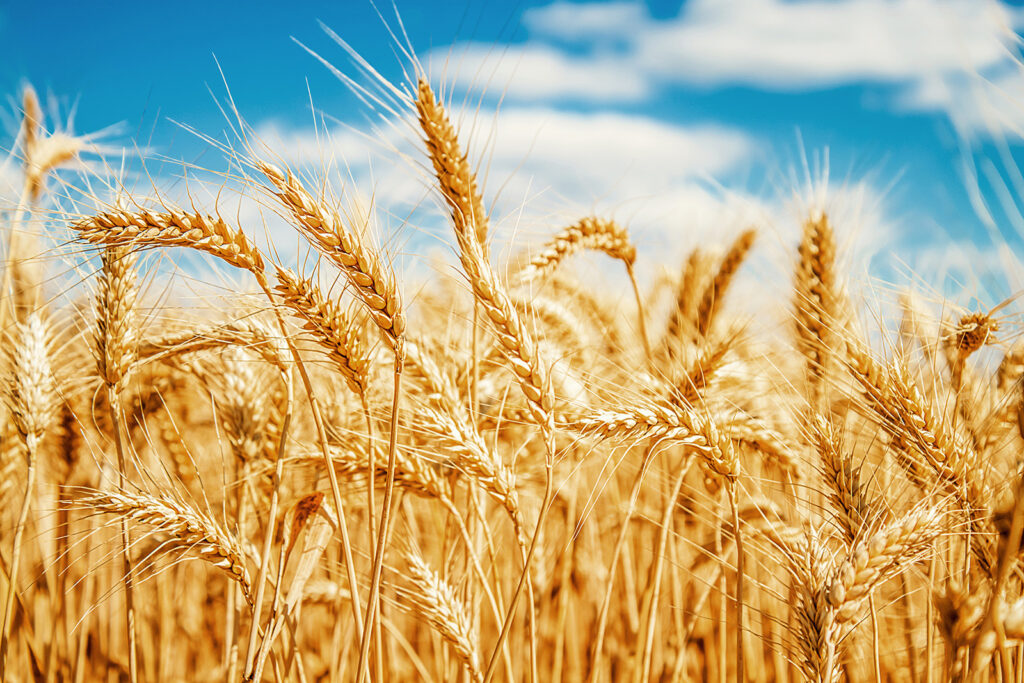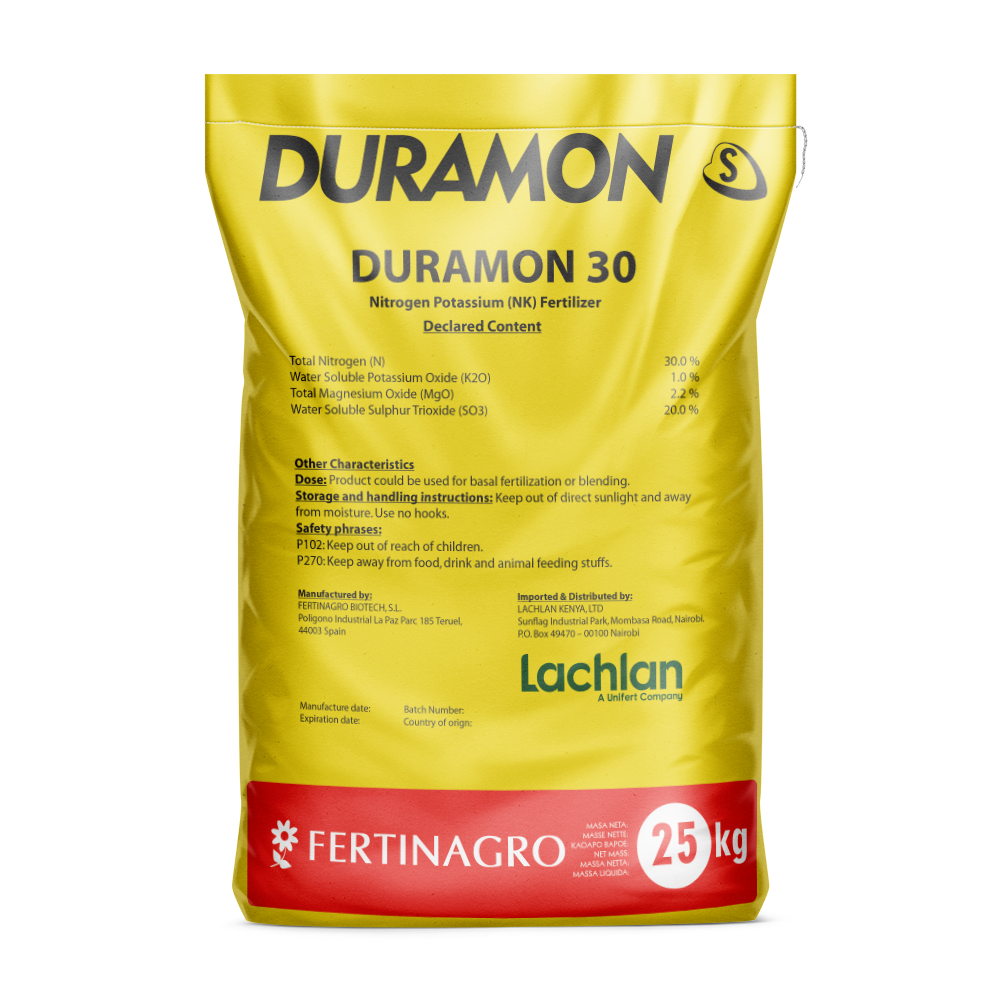Why Duramon 30 is better than CAN
Duramon 30 is a slow release nitrogen fertilizer enriched with sulphur, zinc and magnesium that are necessary for photosynthesis.
Duramon 30 is a slow release nitrogen fertilizer enriched with sulphur, zinc and magnesium that are necessary for photosynthesis.
Multiphos 10-25-0 + TE is a granular Compound NP fertilizer (Chemically Formulated) containing secondary and microelements for direct application to soil or in physical mixtures.
The pest has a 30-174 days lifecycle and can produce 2 to 10 generations in a year laying up to 800 eggs depending on multiple factors including temperature, food availability and quality, and humidity.

Identification of plants growth stages is important to enable timely crop management decisions that maximize yields and profitability. It also enables timely pests and nutrition management.
GERMINATION/EMERGENCE
Adequate temperature and moisture are needed and very important during the germination stage. Under favorable conditions, seedling emergence usually occurs within seven days and the seedling will feed from the seed till the first leaf becomes functional. Growers should consider high-quality seeds from trusted sources.
TILLERING.
Tillering usually starts when the plant has 3-4 leaves. A tiller is a shoot that originates in the axil of a leaf. Tillers share the same root mass with the original shoot or main stem. Once established, secondary tillers may arise from the axils of the primary tillers, tertiary tillers may develop from the axils of secondary tillers. During tillering, the major management consideration is whether stands are adequate to achieve yield goals. Major yield potential loss can occur from weed infestation during tiller formation, as weeds compete for light, water, and nutrients.
STEM ELONGATION AND BOOTING.
After tillering, it begins elongation of its internodes. Most short-season wheat will typically produce 7-8 leaves on the main stem before stem elongation occurs. This stage has formed most tillers, and the secondary root system is developing. The boot stage begins when the head begins to form inside the flag leaf, an early nitrogen application may enhance the tillering rate, potentially increasing the number of heads.
HEADING AND FLOWERING
This is when the head will fully emerge from the stem. After this takes place, the plant starts reproductive growth or flowering. Pollination will take place between 3-5 days. Wheat is self-pollinated and it’s important to note that high temperatures and drought stress during heading and flowering can reduce yields.
RIPENING AND MATURATION
After pollination, the ripening stage begins. Ripening is divided into four levels of maturity: milk, soft dough, hard dough, and finally mature. During this time the kernel becomes very hard. Growers can harvest if the grain has reached a suitable moisture level. Many farmers can tell maturity by chewing on a kernel to determine hardness and approximate moisture level.
Duramon 30 guarantees sustainable and long-lasting top dressing. The nitrogen units of the formulas are released gradually, increasing the availability time and reducing losses due to volatilization and leaching.
